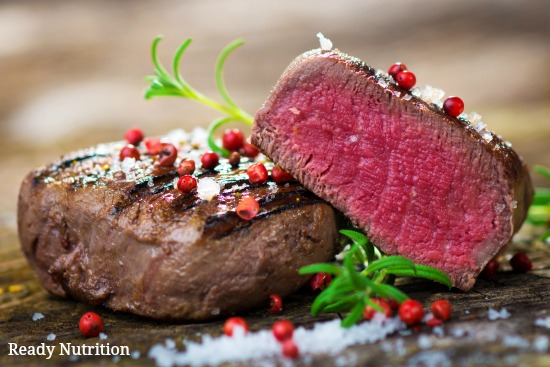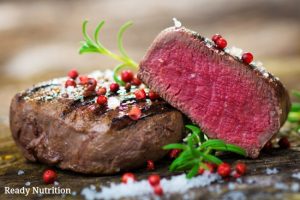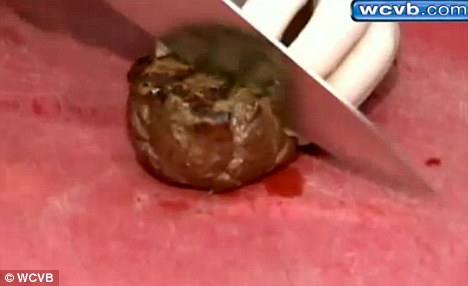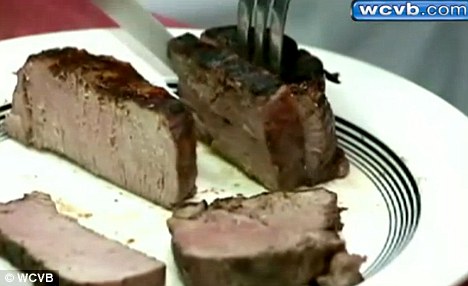
There are no laws in the United States that require chefs, restauranteurs, et al to state that the meat they serve is not reformed.
Most people assume that they would know, that reformed meat is used in low-end cheaper products, but that’s simply not true.
Transglutaminase enzyme is meat glue, made from the clotting agents found in the blood of pigs and cows. By mixing the enzyme with chunks of cheap meat the meat sticks together to form, a fillet, steak or anything else the chef decides.
After mixing the meat chunks are rolled in shrink wrap and refrigerated for up to 12 hours to allow ‘bonds’ to form and these are what sticks the meat chunks together.
When unwrapped the meat forms a single joint from which steaks can be cut, consumers never notice and even experts have difficulty in telling the reformed steak from the real thing.
Cooked reformed meat ‘joint’
Sliced up it looks like the real deal
In supermarkets and stores consumers are able to make informed choices as meat has to be labeled as formed, or reformed meat. Restaurants give us no such choice.
There are fears of contamination. The exterior of any piece of meat is the most likely to become contaminated with bacteria. With meat that is reformed into apparently whole joints, the outer surfaces of some of the chunks end up on the inside of the new piece of meat. For those that eat their meat medium or rare, this could mean that meat contaminated with bacteria is not cooked enough to kill the contamination.
Transglutaminase enzyme [3] has been used in the United States for years and is USDA approved as “safe”.


